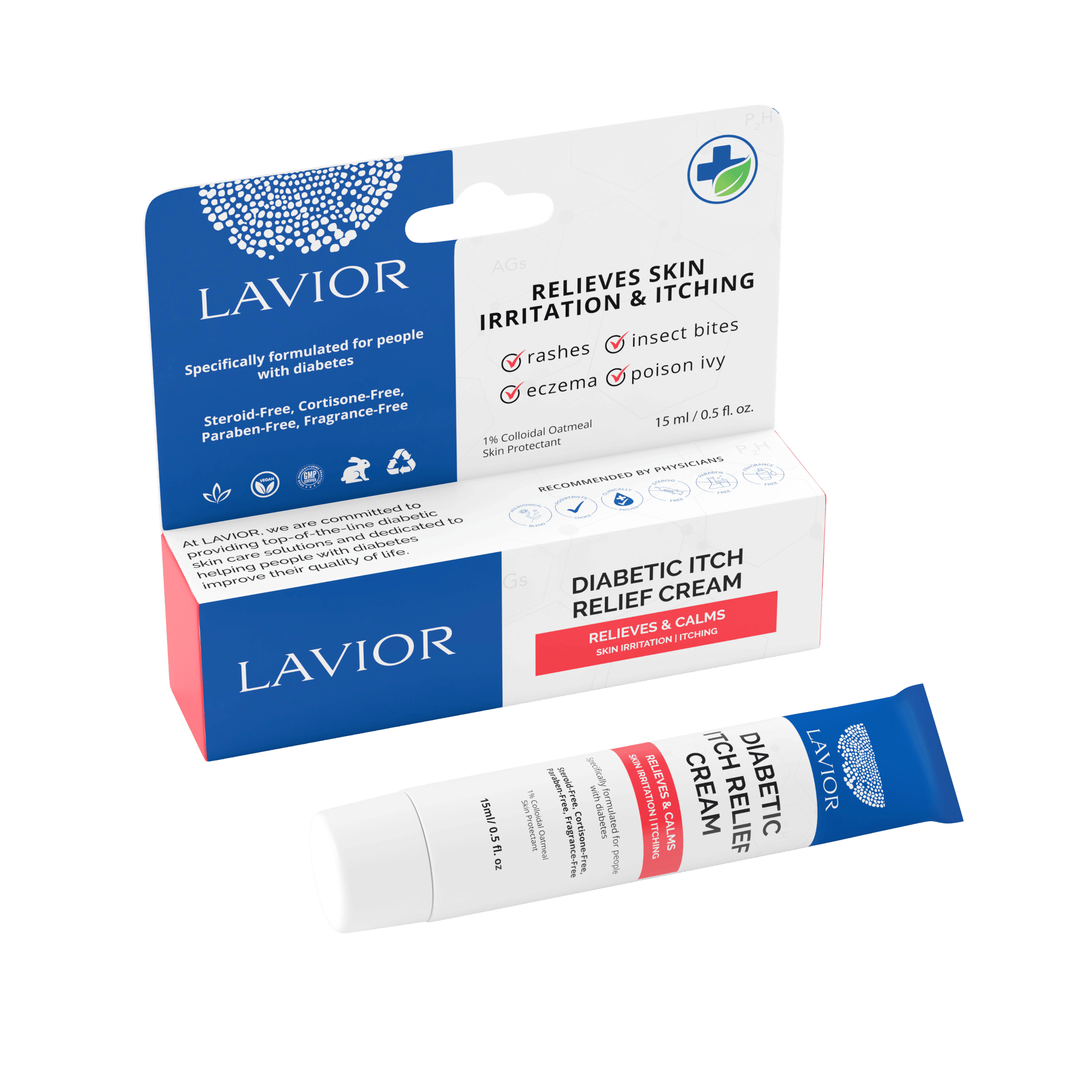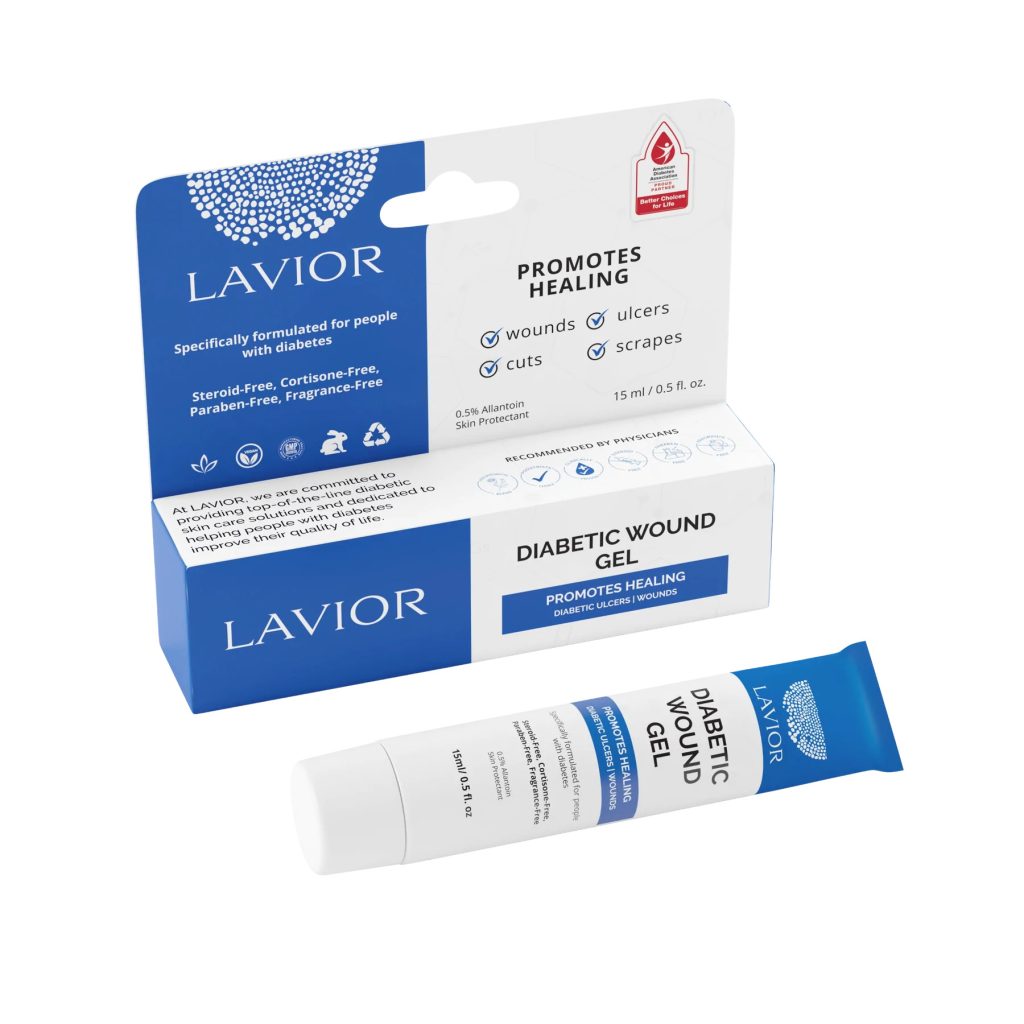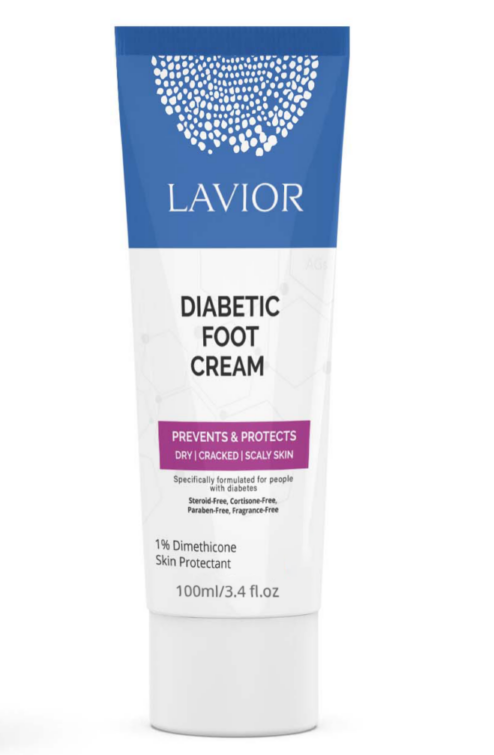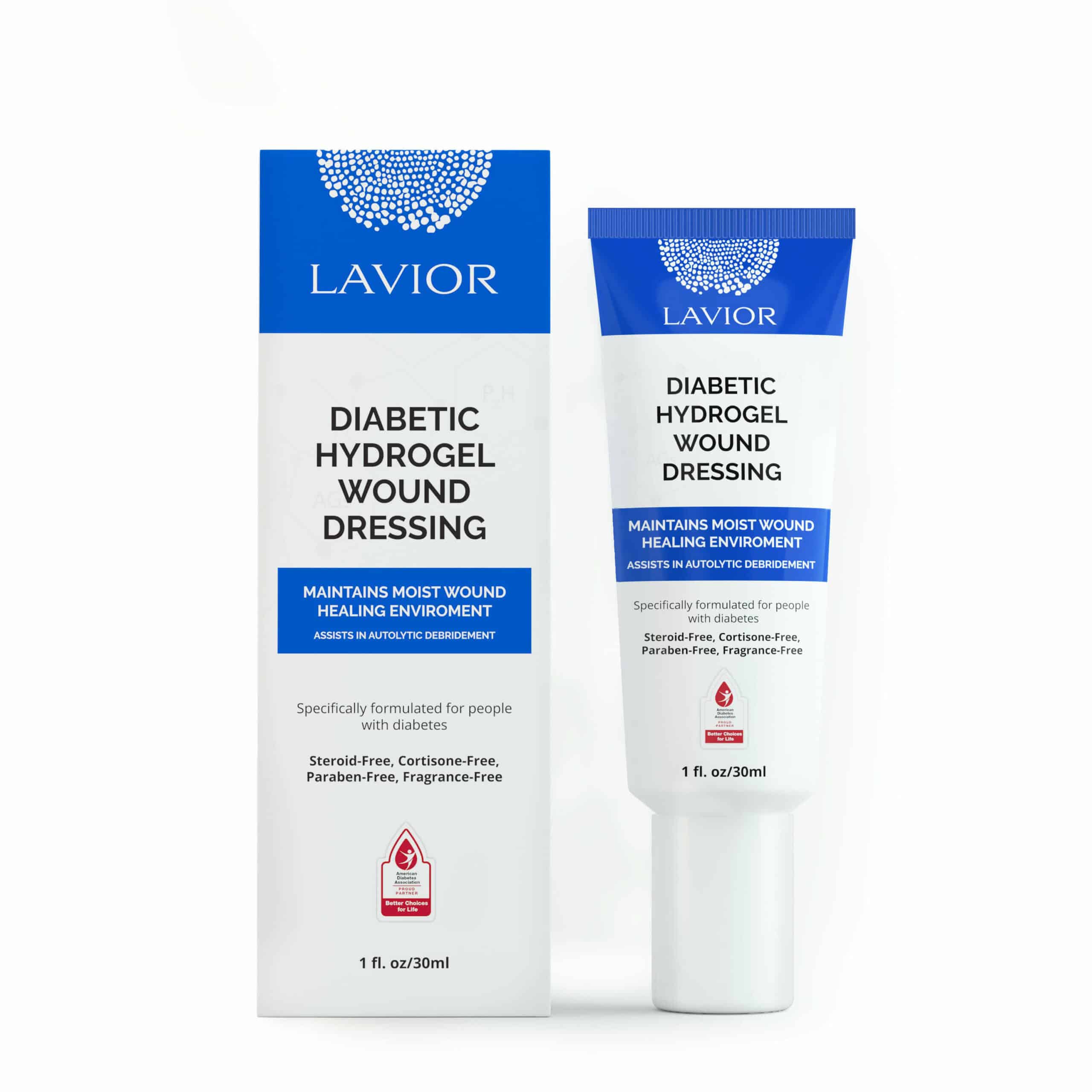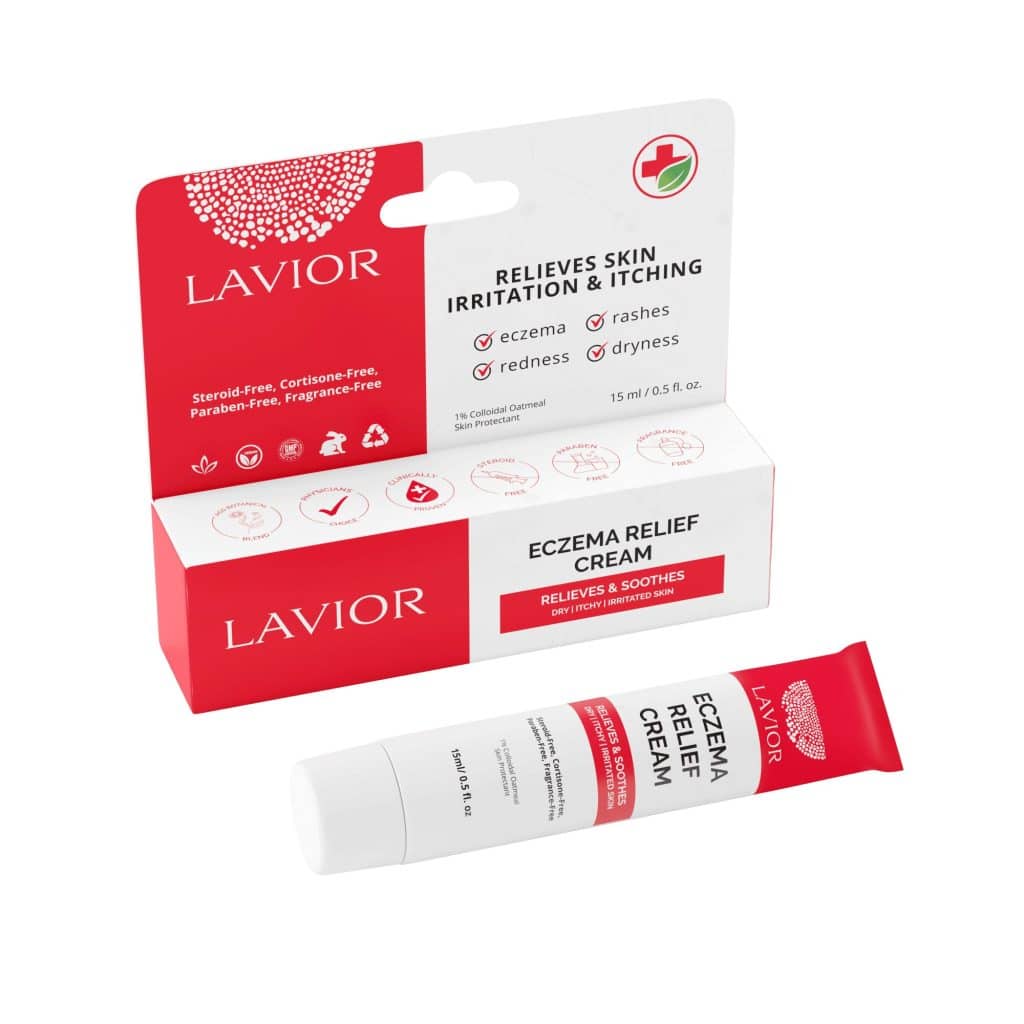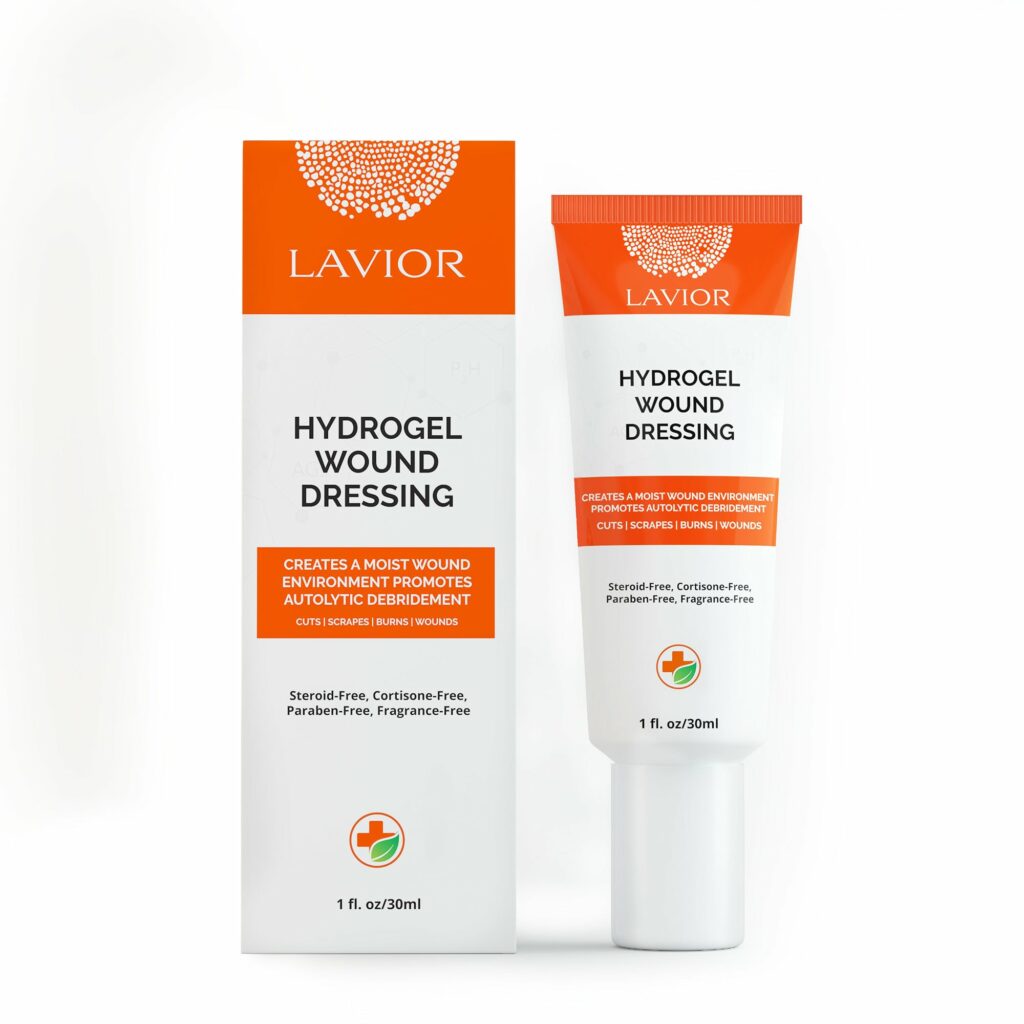Diabetes is a chronic metabolic disorder characterized by increased blood glucose levels. It is a pandemic and is rising. Diabetes is the underlying cause of numerous diseases. Many people are diagnosed with diabetes due to chronic non-healing wounds. Treating such wounds and ulcers has long remained a challenge for the medical community, as various infective agents flourish in these wounds due to high sugar levels, and poor blood supply because of vasculopathy.
In recent years science has demystified many other mechanisms that make infections in diabetics so resistant to antibiotics and healing. One such mechanism that has been discovered is the formation of biofilm. Simply stated, certain bacteria colonize the wound and form a film-like structure that makes these pathogens highly resistant to antibiotics.
The biofilm may be formed of even several types of bacteria living and flourishing in symbiosis with each other, providing strength to the community of bacteria. 1 Formation of this biofilm is quite common in diabetic wounds and ulcers, it has been found in as many as half of all the cases. This biofilm is made up of various bacterial families, from gram-negative to gram-positive, in fact, many of them reside in our skin during normal conditions but become highly aggressive when they become part of the biofilm community. Many of these bacteria develop resistance to multiple antibiotics. 2
Biofilm-forming infections develop slowly over time and they are highly resistant to immunity and antibiotics. There is research that says that such a bacterial community may be up to 1000 times more resistant to antibiotics as compared to infections that do not form a biofilm. 3
So naturally, the strategy for curing these non-healing wounds would be to break this colony of bacteria, as research has shown that doctors are able to heal almost all wounds within four weeks in the absence of biofilm. In one experiment doctors tried to heal the wounds with biofilm in four weeks and the failure rate was 100%. But after breaking the biofilm they were able to treat two-thirds of the cases in four weeks and rest of the cases in six weeks, thus resulting in 100% cure-rate. 4
One of the good natural sources that are capable of breaking this resistant biofilm and making it sensitive to the action of antibiotics and various treatments is an extract of a Mediterranean herb called Inula Viscosa. It is part of a range of products for wound care from the company Lavior. This herb has been used in the traditional medicine of various Mediterranean countries for wound healing since the time unknown. It contains flavonoids and many other chemicals that break this biofilm, decrease inflammation, and accelerate the healing of wounds both through direct action and by making these tough bacteria colonies sensitive to antibiotics. 5
References
- Dowd SE, Wolcott RD, Sun Y, McKeehan T, Smith E, Rhoads D. Polymicrobial Nature of Chronic Diabetic Foot Ulcer Biofilm Infections Determined Using Bacterial Tag Encoded FLX Amplicon Pyrosequencing (bTEFAP). PLOSONE. 2008;3(10):e3326. doi:10.1371/journal.pone.0003326.
- Banu A, Noorul Hassan MM, Rajkumar J, Srinivasa S. Spectrum of bacteria associated with diabetic foot ulcer and biofilm formation: A prospective study. Australas Med J. 2015;8(9):280-285. doi:10.4066/AMJ.2015.2422.
- Neut D, Tijdens-Creusen EJ, Bulstra SK, van der Mei HC, Busscher HJ. Biofilms in chronic diabetic foot ulcers—a study of 2 cases. Acta Orthop. 2011;82(3):383-385. doi:10.3109/17453674.2011.581265.
- Zhao G, Usui ML, Underwood RA, et al. Time Course Study of Delayed Wound Healing in a Biofilm-Challenged Diabetic Mouse Model. Wound Repair Regen. 2012;20(3):342-352. doi:10.1111/j.1524-475X.2012.00793.x.
- Hernández V, Recio MC, Máñez S, Giner RM, Ríos J-L. Effects of naturally occurring dihydroflavonols from Inula viscosa on inflammation and enzymes involved in the arachidonic acid metabolism. Life Sci. 2007;81(6):480-488. doi:10.1016/j.lfs.2007.06.006.



